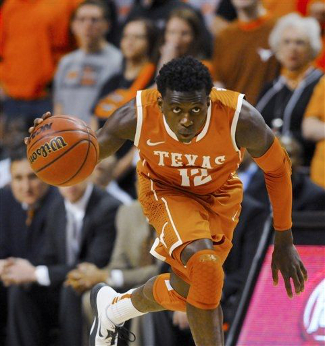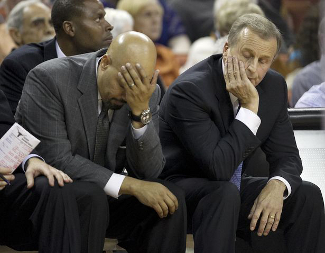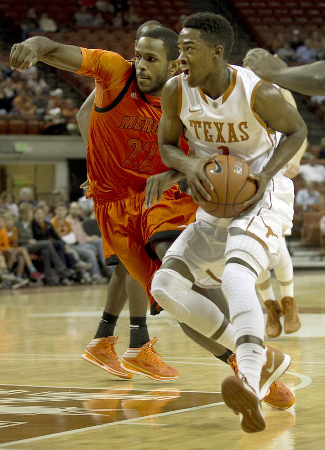Texas Longhorns 76, Mercer Bears 73
A tumultuous offseason came to a close for the Texas basketball team on Friday night, as the Longhorns finally tipped off their 2013-14 campaign with a game against the Mercer Bears. With huge questions surrounding the young, rebooted lineup and fan expectations at their lowest point in more than a decade, the Horns put together an exciting — albeit inconsistent — performance to start the season with a 76-73 win.

Myck Kabongo bolted from the 40 Acres this summer
(Photo credit: Brody Schmidt/Associated Press) 
Rick Barnes is under the microscope this season
(Photo credit: Ralph Barrera/Austin American-Statesman) 
Isaiah Taylor had a solid collegiate debut
(Photo credit: Ralph Barrera/Austin American-Statesman) |











